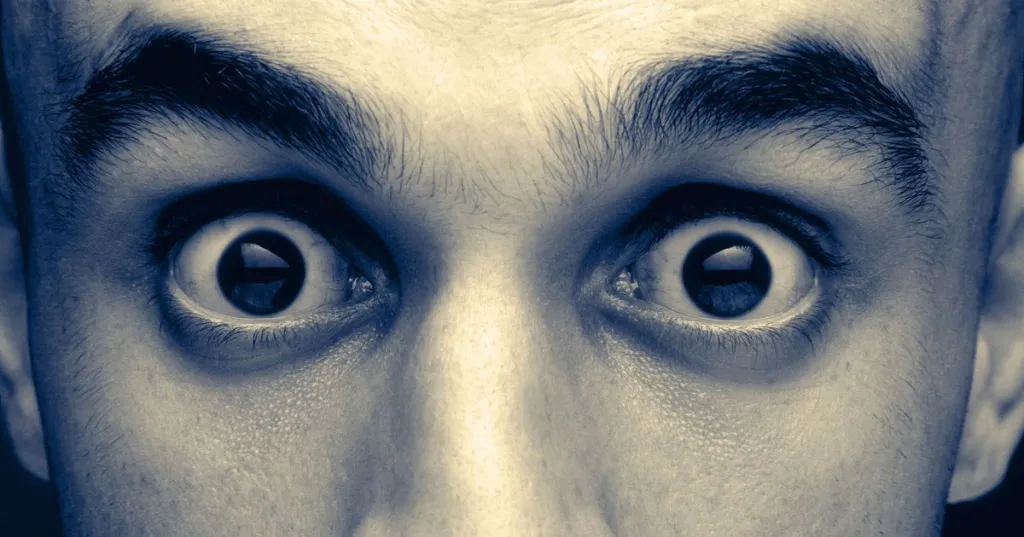You might have noticed that when you’re talking to someone, it’s often difficult to maintain eye contact. Teachers might have noticed that when children are addressing the class or attempting to answer a challenging question, they will avert their gaze away from their audience.
Psychologists call this behaviour gaze aversion and it’s thought to serve an important role in the processing of cognitive information. These acts of gaze aversion allow us to effectively switch off from environmental stimulation, such as faces, walls filled with colourful displays, the ubiquitous PowerPoint presentation or any number of other distractions.
Excessive eye contact during conversations is associated with increased cognitive load, that is, the amount of mental effort being used in working memory. Working memory is where we hold information for a short time so that we can manipulate it, think mental arithmetic or following a set of verbal instructions. In some circumstances, eye contact may interfere with the functioning of working memory.
Adults and older children develop the ability to suspend eye contact so that resources can be redirected to more important tasks. Therefore, we often look away from the listener when we are the ones doing the talking and this may be why it’s often difficult to maintain eye contact when you’re concocting an elaborate excuse.
In a 2016 study, Shogo Kajimura and Michio Nomura of Kyoto University, found that maintaining eye contact disrupts the ability to generate verbs in a word task, while previous research indicates that eye contact interferes with tasks involving visual imagery. If we are trying to form a visual image in our mind while attempting to maintain eye contact, the visual processing system within working memory becomes overloaded and performance suffers.
Previous research also supports the view that eye contact can be cognitively demanding. In 2006, Gwyneth Doherty-Sneddon and her colleagues at the University of Stirling noted that children aged from four to six years are more likely to engage in gaze aversion when they are carrying out a task they find difficult, or one that is new to them. Gaze aversion is associated with transitional knowledge states, argues Doherty-Sneddon.
Gaze aversion, therefore, occurs when we are thinking; it’s a visible sign that learning is taking place, allowing the thinker to exert control over their own cognitive processes. According to Doherty-Sneddon, teachers can then use gaze aversion to judge thinking time.
Eight-year-old children have been shown to increase the frequency of gaze aversion during the thinking stage of a question and answer interaction as the questions increase in difficulty. Some studies have even found that closing the eyes while being asked a moderately difficult question can improve performance.
Eye contact is a vital part of non-verbal communication and certainly useful in learning situations. Equally vital, however, is the ability to break eye contact.
References:
Kajimura, S., & Nomura, M. (2016). When we cannot speak: Eye contact disrupts resources available to cognitive control processes during verb generation. Cognition, 157, 352–357.
Phelps, F. G., Doherty-Sneddon, G., & Warnock, H. (2006). Helping children think: Gaze aversion and teaching. British Journal of Developmental Psychology, 24(3), 577–588.

Leave a comment